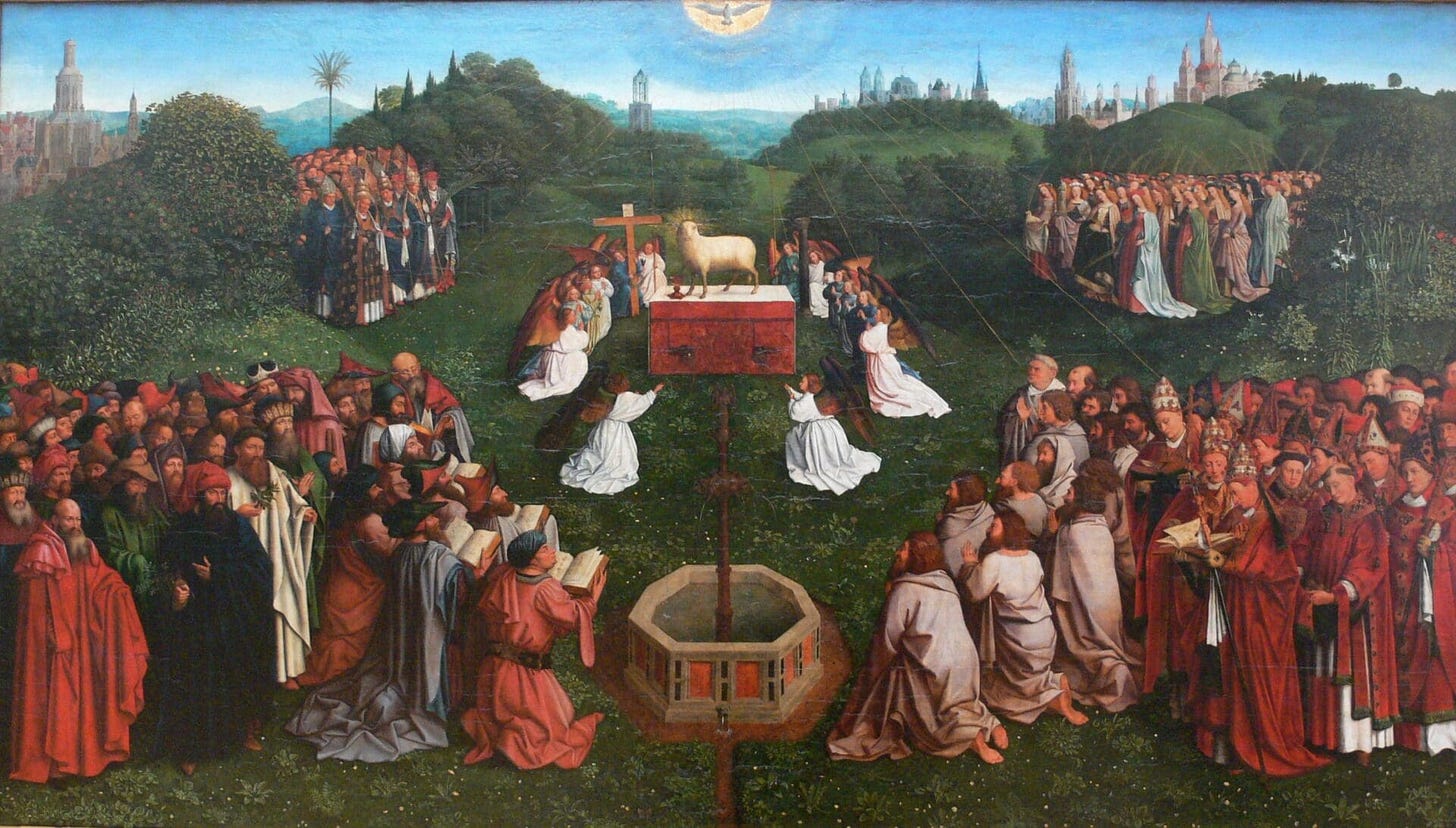The Lord’s Day liturgy is more than a routine. It is a divine school of discipleship that catechizes and orients us to what life with Christ as Lord truly looks like. Each element trains us in the rhythms of faithfulness, shaping our hearts and lives to reflect the Kingdom of God.
The Call to Worship trains us to present ourselves wholly before the Lord, offering our lives in total surrender. The Confession of Sin teaches us to take responsibility for our sins, bringing them into the light instead of hiding in darkness. The Assurance of Pardon reminds us that when we confess, Christ’s atoning work removes our guilt entirely, restoring us to fellowship with God. The Eucharist trains us to approach every table and every aspect of life with thanksgiving, seeing all we receive as a gift from His hand. The Doxology lifts our gaze, training us to respond to God’s blessings with worship and praise, aligning our hearts with the ultimate reality of His glory.
This is why the Lord’s Day liturgy must never devolve into an organic, unstructured free-for-all. When the patterns and priorities of the world—simplicity, comfort, and cultural relevance—begin to infiltrate the Temple of God, they reshape worship into something that orients people toward themselves rather than Christ. Worship becomes shaped by earthly desires, rather than being a foretaste of heaven.
The liturgy declares: on earth as it is in heaven, not in heaven as it is on earth. This distinction matters because the liturgy is not about reflecting our culture but about forming us into a heavenly culture, one that prepares us for eternity in the presence of the King.




